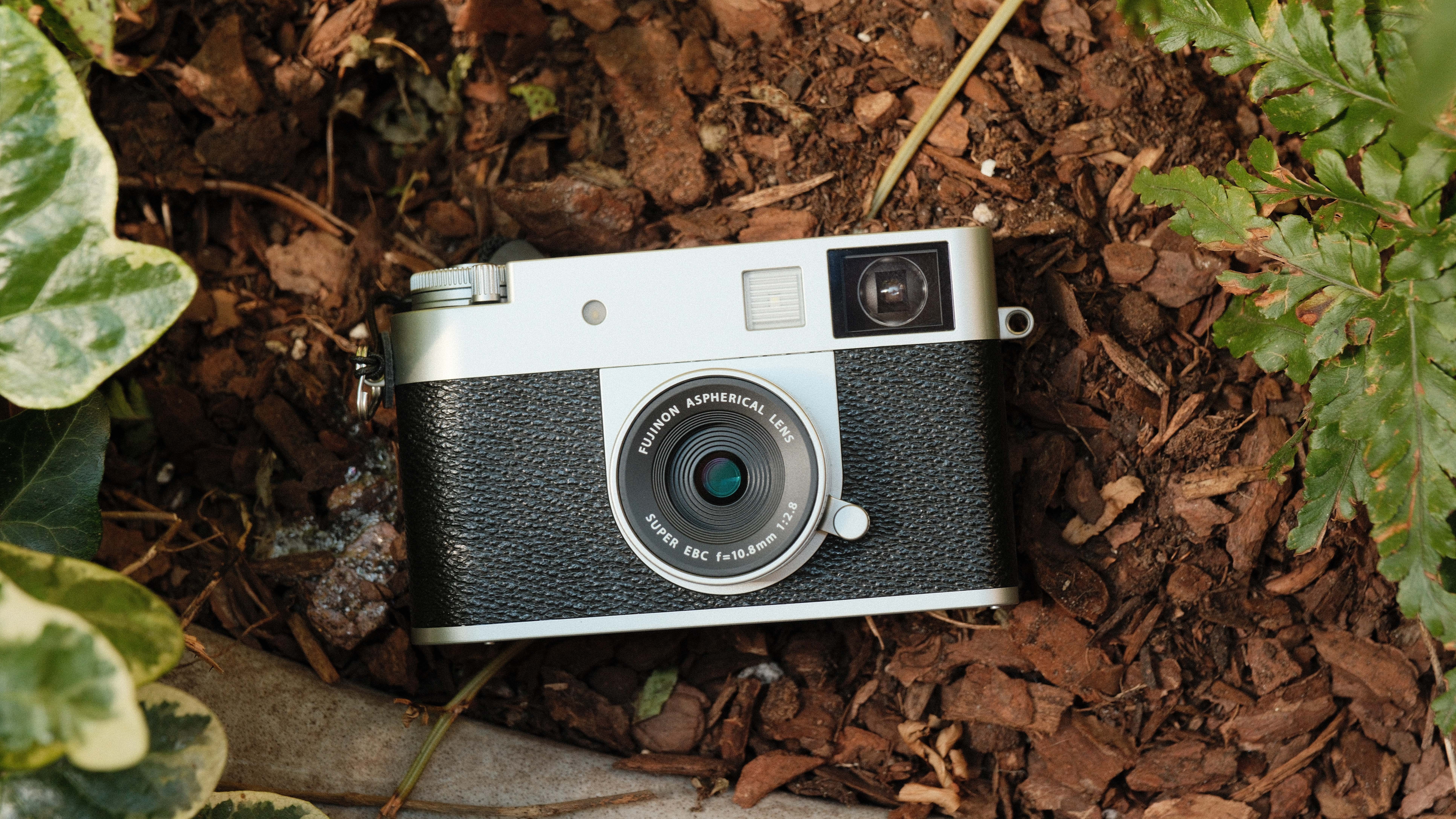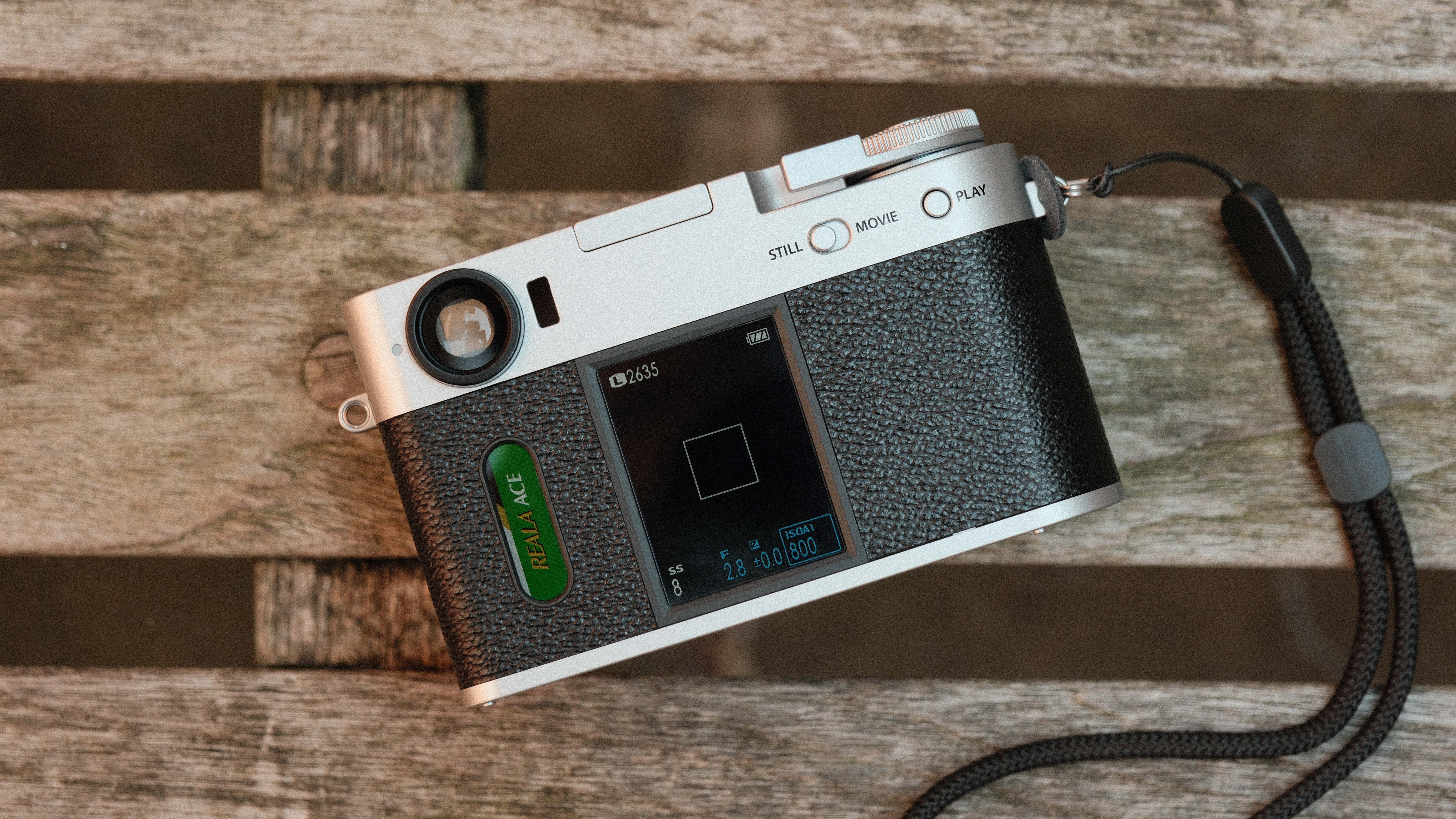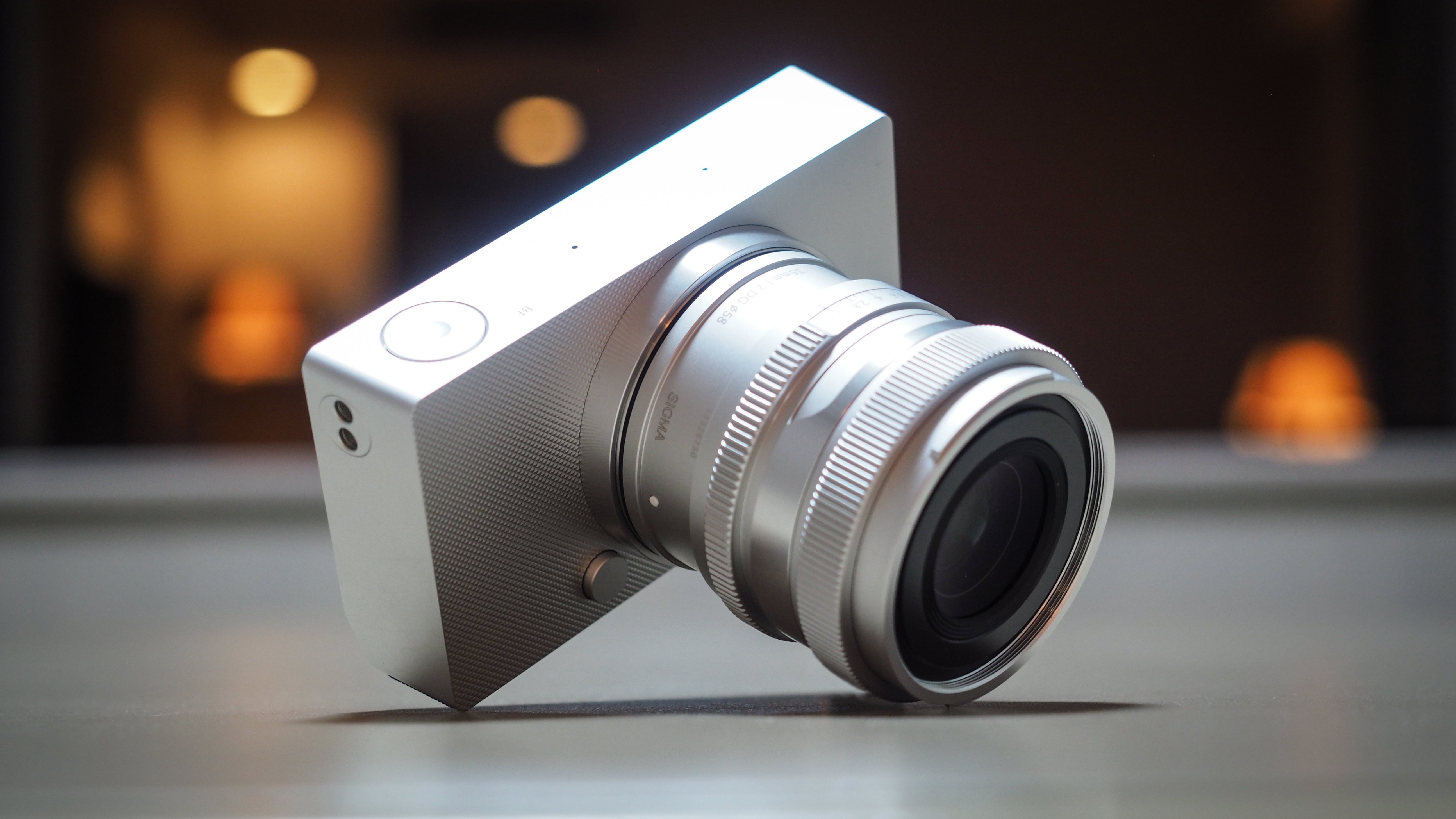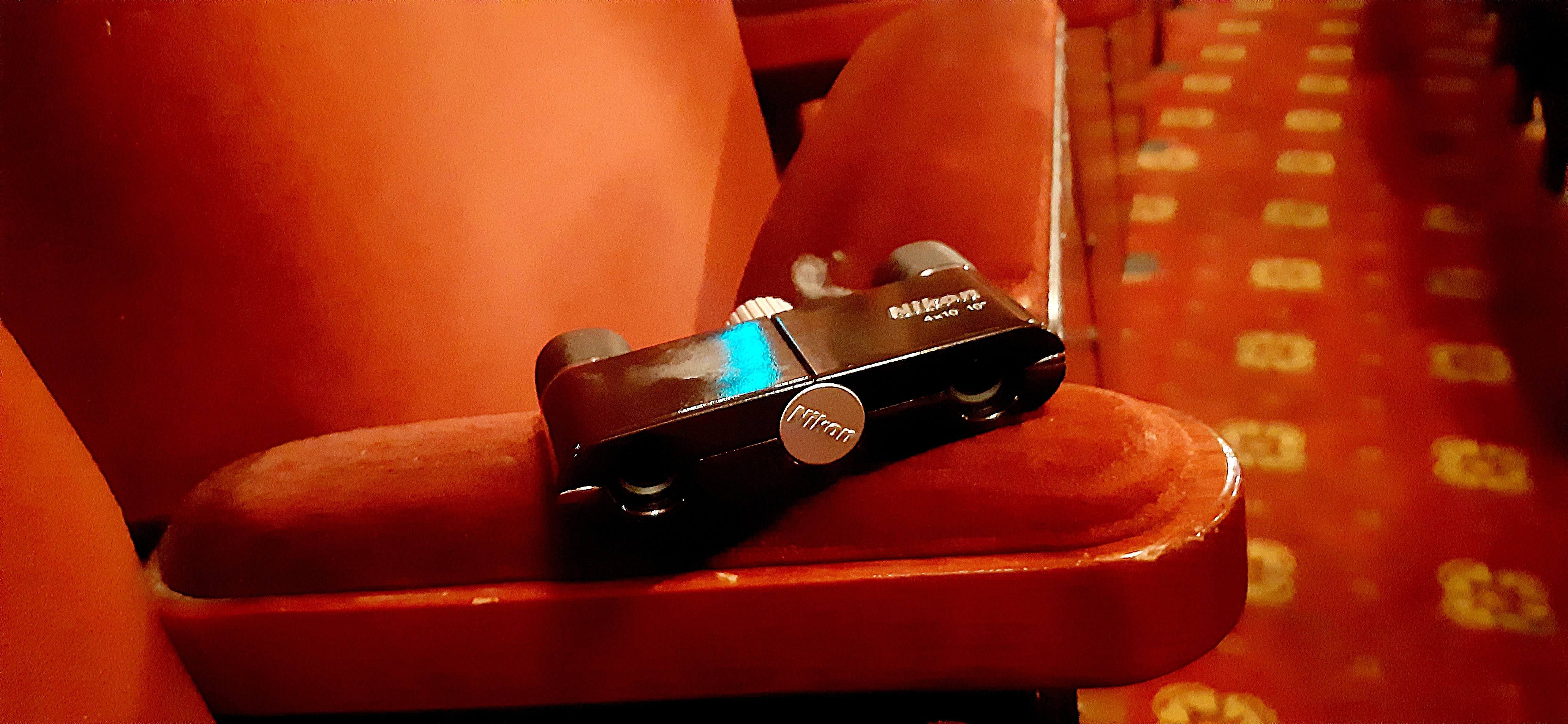The next big thing in cameras isn’t about specs, it's all about this instead – and I’m not mad about it
Cameras like the Fujifilm X Half and Sigma BF seem to prioritize the joy of shooting over the list of tech specs

New camera launches are typically littered with phrases about cutting-edge technology. But in recent years, as I’ve held cameras with over 50 megapixels and cameras that have burst speeds fast enough to create a slow-motion video, I’ve often wondered: where do we go from here?
Looking at recent yet odd camera announcements like the Fujifilm X Half and the Sigma BF, I now have an inkling that the next big thing in camera isn’t going to be about impressive technology, but about the shooting experience itself.
The Fujifilm X Half is a prime example. This camera isn’t about cutting-edge technology. In fact, it lacks a lot of features that similarly priced cameras typically have, like RAW files and burst shooting. But the X Half isn’t about specs or even image quality, it’s about the feeling of using a digital camera that seems more like an analog experience.
Looking at cameras like the Fujifilm X Half, the similarly retro Yashica FX-D cameras, and even the minimalist Sigma BF, I can’t help but feel like camera engineers have been reading Marie Kondo and asking, does this spark joy?
The BF feels as if it has removed everything that may not spark joy (and some that may spark joy, like a grip, but I digress). It’s a camera with few bells and whistles, yet it feels a bit like a luxury concept car.
The Fujifilm X Half seems to be a camera that’s not about fancy technology or super-resolution images but about the joy of shooting. Do digital cameras need a “film” advance lever? Well, no, but using a retro advance lever sounds fun, so why not?
Do digital cameras need two screens? Perhaps not, but why not give Fujifilm’s most famous feature – Film Simulations – a permanent spot on the back of the camera? And with the resurgence in retro cameras, why not embrace light leaks and film grain?
The best camera deals, reviews, product advice, and unmissable photography news, direct to your inbox!
I don’t think the shift towards experience-based cameras is a bad thing, nor will it replace cutting-edge camera tech. Yes, it’s getting harder to imagine what’s next when we have high-resolution cameras with pore-level detail and 120fps burst shooting.
But, like the global shutter on the Sony A9 III, camera technology is still in for some surprises. Flagships are still gonna flagship, and those high-end features will continue to slowly trickle down to more affordable models over the years.
Still, while I don’t think cutting-edge flagships are going anywhere, I think camera brands may be more open to prioritizing the experience over tech specs.
The shift towards building cameras that prioritize the experience over the image quality highlights why dedicated compact cameras are resurging among regular consumers and not just serious photographers: the experience of taking photos with a camera is far different than that of taking a photo with an iPhone.
Digital “minimalists” are carrying dumb phones and a dedicated camera, because they want to remain in the moment while taking a photograph – not be distracted by capturing the moment itself. Why not take that a step further and create cameras that aren’t distractions, but tools that spark a bit of happiness in the hands?
Admittedly, I’m not rushing out to buy the X Half, a Sigma BF or any of the other recent "experience cameras". But, I’m still glad they exist. I find more joy shooting with my mirrorless camera and with my old film SLR than I do snapping photos with my iPhone. And frankly, we’re living in a world that could use a little more joy.
Am I still wishing for a film experience camera that retains all the bells and whistles? Well, yes, I’m a techie at heart. The X Half has me excited to see what Fujifilm might have in store for the successor to the XPro3. If Fujifilm gave one of its mirrorless cameras the advanced lever and double screen without axing RAW and bursts, I’d be sorely tempted.
The last year or so has brought new cameras that feel a bit weird – but perhaps some experimentation and embracing the joy of taking photographs is just what the camera industry needs.
You may also like…
Take a look at the best retro cameras, the best compact cameras, or the best mirrorless cameras.

With more than a decade of experience writing about cameras and technology, Hillary K. Grigonis leads the US coverage for Digital Camera World. Her work has appeared in Business Insider, Digital Trends, Pocket-lint, Rangefinder, The Phoblographer, and more. Her wedding and portrait photography favors a journalistic style. She’s a former Nikon shooter and a current Fujifilm user, but has tested a wide range of cameras and lenses across multiple brands. Hillary is also a licensed drone pilot.
You must confirm your public display name before commenting
Please logout and then login again, you will then be prompted to enter your display name.


